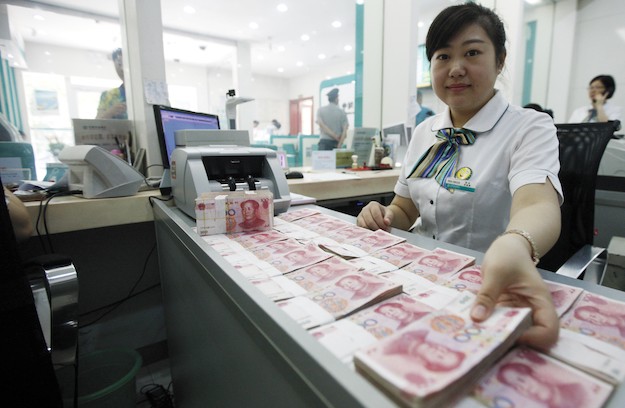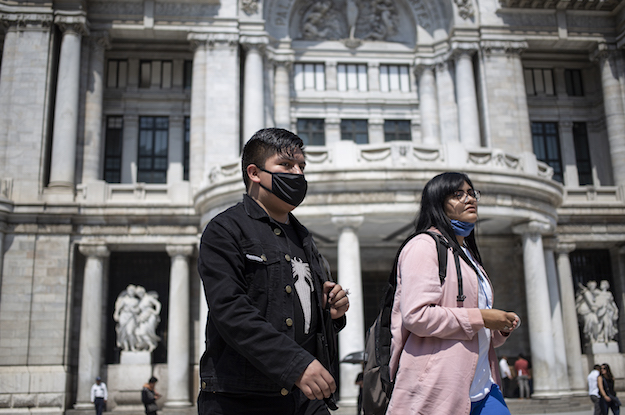This article is adapted from AQ’s latest issue on China and Latin America | Leer en español
Currency swaps, billions in loans, number one trading partner for most of the region. The financial relationship between China and Latin America since the 2000s would suggest that by now the Chinese currency, the renminbi, would be a household name in the region.
Not so fast.
Since the internationalization process began in early 2000s, growth in use of the renminbi worldwide has been exponential. The currency went from virtually no presence outside mainland China to the third-most used currency globally, surpassing the yen, says Martin Maciak, head of Asia cross border origination for the Americas at HSBC. But while the share of global trade conducted in renminbi has reached 16%, in Latin America it still hovers at the 1% mark despite the massive amount of trade with China, says Stephen Kaplan, from George Washington University. “The relationship between China and Latin America is still mostly related to commodities, which are priced in dollars,” he said.
But Maciak said there is a clear shift happening among businesses. “Just two or three years back no one wanted to talk about it, but now virtually every client in Latin America has a question about how to use the renminbi,” Maciak said.
A developed financial market was a major missing link on China’s expansion into global markets. But to play in that game a country needs to offer liquid and transparent assets – and a tradable currency. Having the renminbi as a global currency also allows Chinese financial institutions to play a much larger role outside mainland China. For Latin America, use of the renminbi can provide easier access to financing for much needed infrastructure projects, while opening the door even wider to the world’s second largest economy and its growing capital market.
Regional governments have embraced the renminbi, especially during hard times. Argentina was first in the region in 2013 to sign a currency swap agreement with China (a swap is when two central banks agree to hold each other’s currency for a period, it works as a kind of pre-paid credit line). At the time Argentina was virtually shut out of international markets after a technical default on its debt. “They sold the renminbi to bolster dwindling dollar reserves at the time,” said Kaplan. Now that swap was just renewed – and doubled – by Macri, who negotiated the deal with China while also tapping the International Monetary Fund (IMF) in 2018.
Another major step was the renminbi’s inclusion in the IMF’s Special Drawing Rights next to the dollar, euro and yen in late 2015. A tiny fraction of renminbi has made its way into Mexico, Peru, and Chile’s international reserves. Economist Otaviano Canuto accompanied the process up close while on the board of the IMF. He says the move to have the currency included in the Special Drawing Rights isn’t enough to make it a reserve currency. “It needs to be a reserve currency for the private sector as well.”
Martin Castellano from the Institute of International Finance says that people need to feel like it is a safe currency.
“Until people start saving in renminbi, as they do in dollars, it won’t catch up,” he said
Many Chinese financing deals – whether loans, direct investment of swaps – are sort of a boomerang with the money going straight back to pay Chinese suppliers in China, but Kaplan says local financing will pick up. “They’ve set up banks locally, for now just doing trade settlements and retail, but they are learning how to operate locally.” Chile so far is the only Latin American country with access to quotas to invest in Chinese stocks and bonds but Maciak says the focus for China now is to attract investors to Chinese financial assets.
“Any company wanting to be global needs to have exposure to China, and investors also are starting to push asset managers and pension funds to have some exposure to China,” said Maciak, “and that will end up being in renminbi.”
So make room under the mattress for more red currency. Or better, make room in your digital wallet.









